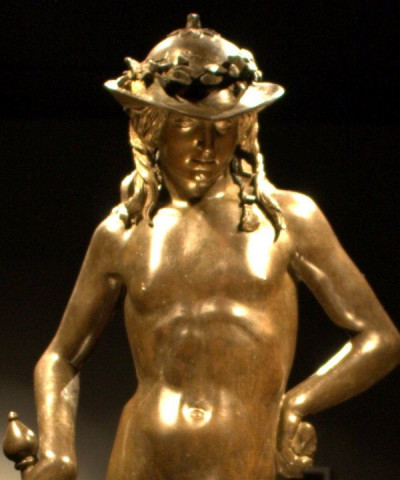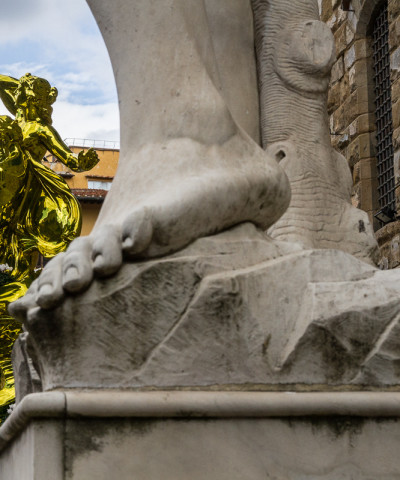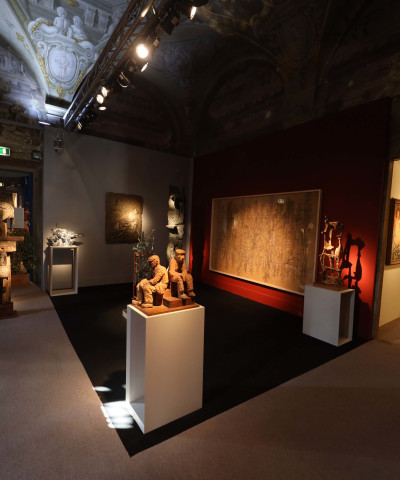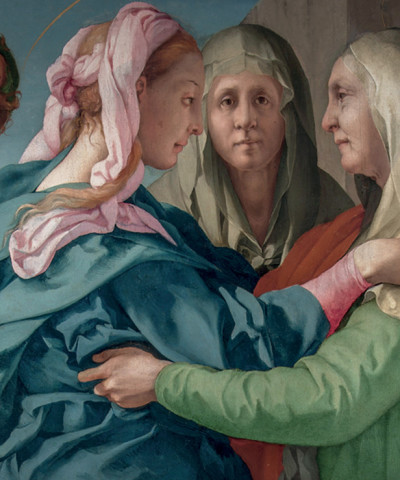The International Antiques Biennial presented by Dario Nardella and Fabrizio Moretti
Enthusiasm, passion and an eye on the future: Biaf's mayor and secretary general tell us about the novelties of the 32nd edition
A parallel course that began in 2015 and is punctuated with achievements and satisfaction, and which marks a real turning point for the city. If we want to take stock of recent editions of the Florence International Antiques Biennale, we have to begin with the partnership between the city’s mayor Dario Nardella and BIAF general secretary Fabrizio Moretti. Enthusiasm, passion and vision for the future are the values shared by both men, unmistakable signs of strong, forceful personalities. We asked them to tell us about this 32° edition of the Biennale, which marks 63 years of the event.
 Cena di Gala
Cena di GalaWhat are the values shared by Florence and the BIAF?
Dario Nardella: There’s no doubt in my mind: originality, passion, meticulousness and vision for the future.
What does the 2022 edition represent?
DN: It’s a moment of recovery: the BIAF once again opens its doors to Florence and the world after a three-year hiatus due to the pandemic. Returning to the magnificent Palazzo Corsini, the perfect venue for an event of this kind, will be really exciting.
Fabrizio Moretti: It’s undoubtedly a rebirth after a difficult period. We’re presenting a programme based on quality, chosen by the world’s greatest art patrons with passion and enthusiasm. It’s an exhibition that seeks to pay homage to Florence as a whole; it encourages satellite activities and - without a shadow of doubt - constitutes an important benchmark for the world market in ancient art.
In addition to the Biennale, Florence Art Week is an important moment for the city, bringing together art, fashion and hospitality. Can you give us a brief summary from your privileged viewpoint?
DN: Florence Art Week was conceived as an ideological - and certainly not exhaustive - framework to contain a concentration of high-level cultural events; a pilot project which we hope to build on and make permanent in the years to come. The various cultural organisations of the city responded to our call, so we’re in a position to showcase Florence’s extraordinary capacity to create networks and present a varied programme in line with current trends in different artistic disciplines. The BIAF has been by our side from the outset.
Digitalisation is a major development in the recent history of the city, and also of the Biennale. Why is it increasingly important to keep looking to the future?
DN: Thanks to Fabrizio Moretti’s farsightedness, for some time the Biennale has had a strong contemporary character, with a programme that includes many parallel events and whose audience is no longer just experts, but truly heterogeneous and interested.
FM: As with previous editions, in the months leading up to the Biennale, we’ve publicised it on our Facebook and Instagram pages, featuring interviews with all our partners and previews of the latest news. This year we’ve gone much further, creating a video game in Italian and English which aims to raise awareness among young people all over the world about Florence’s history, so that they appreciate the present and, we hope, invest in the future of our city.
We’ve touched on three important topics: Florence, young people and the Biennale. How do they fit together?
DN: Young people are part of the new audience I mentioned earlier: anyone who thinks antiques belong in the past is definitely out of touch with the new trends in art and contemporary art collecting.
FM: As I always say, the Biennale is a genuine museum for sale, wonderful to visit even for young people, who perhaps dream of becoming tomorrow’s collectors. I’d really like the Biennale to be seen above all as an opportunity for cultural exchange, with enormously beautiful and valuable objects selected by an extremely rigorous and professional vetting process. Works which could genuinely be in museums, and often actually end up there.
The Biennale is a veritable patron of the city: can you tell us about the operations it funds?
FM: In addition to the considerable satellite activities around the Biennale, in terms of specific artworks, the three prizes for painting, sculpture and decorative arts - worth some 10,000 euros - are an opportunity to finance the restoration of works that would otherwise be difficult to salvage. We’ve already decided on the sculpture prize, which will go to some wax items at the Ginori Museum. The painting prize, on the other hand, will go to the Uffizi Gallery.












